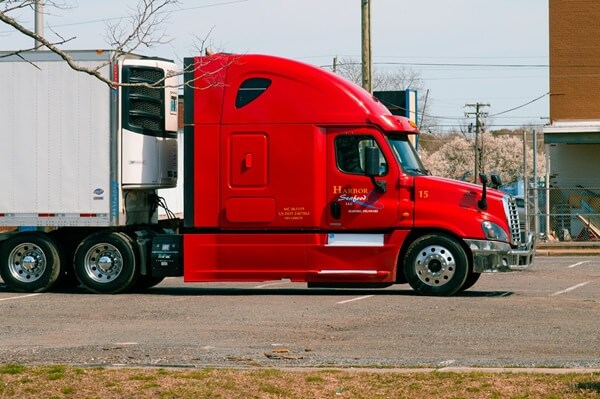Safety Measures in Trucking Operations

Safety is one of the top priorities in the trucking industry. Trucking can lead to accidents that cause injuries, fatalities, and property damage. However, trucking businesses can mitigate those issues by implementing effective safety measures to reduce risks and enhance safety so that truck drivers, other drivers, and cargo are safe.
Driver Training and Qualifications
Truck drivers must use safe and defensive driving techniques, be trained in cargo securement, abide by hours-of-service regulations, and learn about proper vehicle inspection procedures. Companies should regularly assess driver performance and provide ongoing training in areas that need improvement to mitigate and manage risks.
Vehicle Maintenance and Inspections
Trucking companies can cause safety hazards without proactive vehicle maintenance programs. All trucks and trailers must be in optimal working conditions, ensured by regular inspections and maintenance.
Among the most crucial equipment that should be checked for faults or defects are the tires, lights, brakes, and other crucial components that could impact the safety of the trucker and other drivers. Pre-trip and post-trip inspections are among the best safety measures that can be implemented to mitigate safety risks.
Technology, Fatigue, Speed, and Driver Behaviour Management
Driver fatigue and speeding are among the most common causes of truck accidents. However, companies can prevent such issues by implementing policies and practices that prioritize rest periods and use technology to monitor driver behavior.
ELDs, telematics, ADAS, and other technologies can be used to help drivers comply with hours-of-service regulations, prevent drowsy driving, limit speed according to road conditions, and discourage reckless driving.
These technologies can monitor drivers and their performance and also aid them in remaining safe and compliant with regulations, mitigating risks, enhancing efficiency, and more. The data collected can also be used to create training programs for fleet managers and address areas of improvement.
Cargo Securement
Cargo securement is often a big issue when it comes to road safety. It can lead to dangerous situations if the cargo isn’t adequately secured with the proper techniques specific to the type of goods being transported. Cargo restraint systems should prevent falling, shifting, or spilling during transit and must be regularly inspected and maintained to ensure effectiveness.
Reduce Distracted Driving
Distracted driving is a worldwide phenomenon that causes thousands of deaths each year. However, truck companies can deter distracted driving by encouraging hands-free communication and providing drivers with resources and training on how to remain focused on the road and deal with non-driving tasks safely.
Incident Reporting System
All road users have safety concerns caused by accidents or near-misses. However, you should encourage your drivers to report all such instances without worry of reprisal.
You can then analyze the data to identify root causes and trends to implement additional safety measures. For example, you can use the data to establish better routes for your drivers, especially regarding poor road conditions or inclement weather.
Emergency Preparedness and Continous Training
At some point, truck drivers will end up in emergencies, such as accidents, severe weather events, breakdowns, or other situations. However, how they handle those issues will play a drastic role in their outcome.
Ensure that drivers are prepared to deal with these issues by creating emergency plans and providing them with the necessary means for communication and efficient emergency situation management. Your drivers must have easy access to fire extinguishers, first aid kits, and reflective vests. However, the most important safety measure in trucking is fostering a culture of continuous improvement and ongoing safety training.
